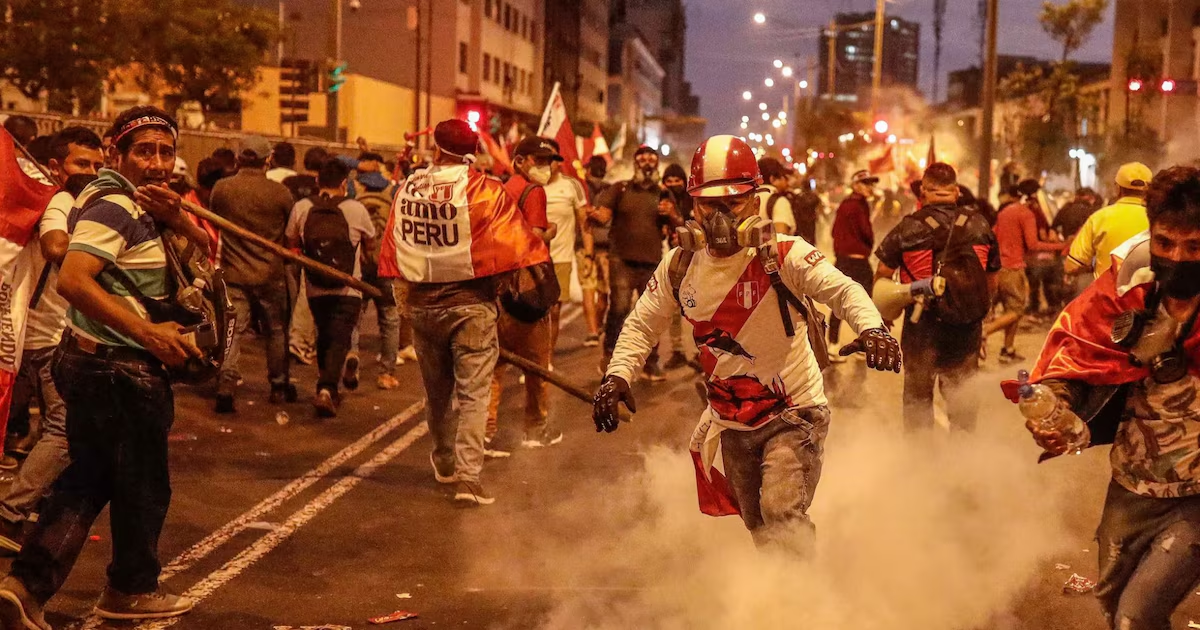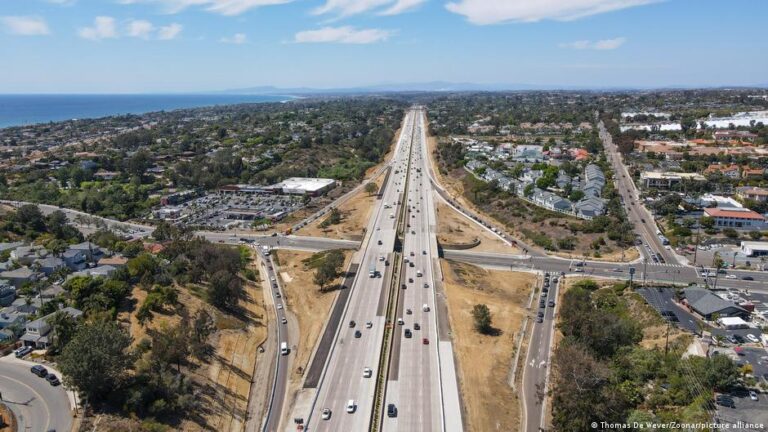
Representative Elizabeth Medina Hermosilla is seeking to amend the Criminal Code to: Claims to “avoid riots and make it easier to identify those responsible for social protests”. The project was launched on November 4, 2025, amidst persistent clashes during the country’s mobilization.
The legal text proposes to amend Articles 315 and 452 of the Penal Code. The most notable amendment introduces the use of face coverings and clothing as an aggravating circumstance in acts classified as riots, which would lead to: a minimum sentence of 8 years and a maximum of 10 years; In addition to this, the fine will be increased to a maximum of 500 days.
Additionally, people who cover their faces during violent protests, marches, and mass gatherings will experience: 20-40 days of community service or 60-90 days of fine payment.
of The regulations also impose sanctions on those who permit or transport minors or persons with disabilities. It would target demonstrations that lead to violent acts and expand the scope of punishment beyond the individual actions of demonstrators. According to the project, these assumptions are aimed at protecting both society and vulnerable populations, especially during protests.

In his clarification statement, the lawmaker asserted that the purpose of the text was to: “Ensure that there is no impunity for those who commit crimes by using face coverings and clothing during social protests.” Regarding the protection of minors and persons with disabilities, the project warns of the risks they face in situations of violence and cites the Convention on the Rights of the Child, which prohibits the manipulation of boys and girls in potentially dangerous situations.
In recent years, social protests in Peru have ended in clashes, affecting civilians, law enforcement officials, and the integrity of public property. On October 15, mobilizations in front of the Republic’s parliament led to riots that left one person dead, 17 detained, and 120 injured, including civilians and police.
The approach of this initiative includes reference to foreign legislation to demonstrate the feasibility of this measure. In countries like Chile, after the 2019 protests, A law has been approved that would make it a crime to conceal one’s identity during demonstrations, following a rise in violent acts by hooded people.
Similar laws exist in the United States and Canada. Those who cover their faces during riots face up to 10 years in prison. In Germany and several countries in Western Europe, the law provides for fines or up to one year in prison for these actions.
The constitutional analysis of the explanatory memorandum emphasizes that the right to social protest is recognized in Peru’s political constitution, which guarantees both freedom of expression and the right to peaceful assembly. However, the project argues that these rights are not absolute and that meetings lose constitutional protection if they lead to violence or affect third parties.
The current criminal code already considers the crime of “riot” and provides for aggravating circumstances related to violence and the use of official symbols, but does not incorporate as aggravating circumstances the use of clothing to hide the face or the manipulation of minors or persons with disabilities.
This bill opens a new chapter in the debate on the balance between individual rights and public order in Peru. The handling of this project in the Parliament of the Republic will be closely monitored due to its potential impact on the dynamics of the national protest movement, the protection of vulnerable people, and the exercise of constitutional rights.



